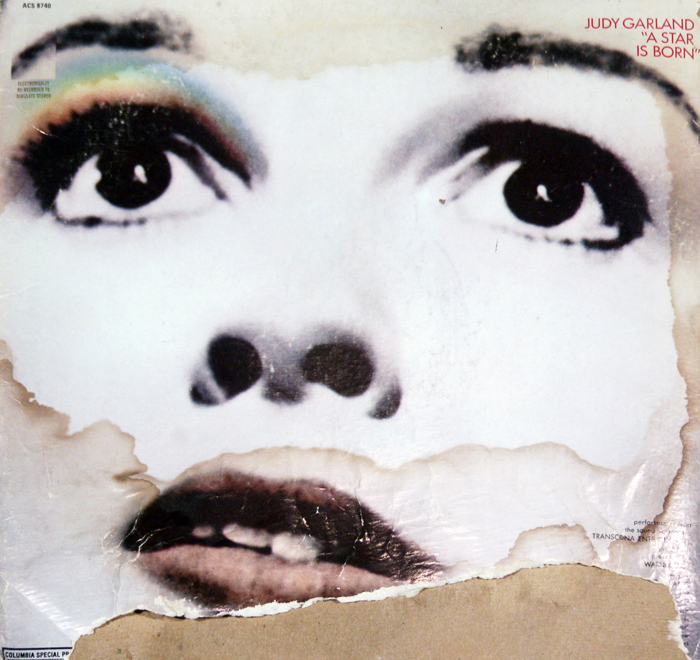What does one do when one cannot go farther west? When one reaches the limits of Manifest Destiny– where is one supposed to go after that? The endless promise for once you reach that unreachable place, and then you have arrived, but there is no where to go anymore. Suddenly stopped by a line, a border–a picturesque and endless border.
–Zoe Crosher
In Transgressing the Pacific, LA-Like, Zoe Crosher photographs sites of disappearance. She navigates this peculiar and elusive space by defining narratives exclusive to Los Angeles and its environs. Akin to a private investigator, Crosher assiduously researches, maps, scouts, and shoots localities along the coastline of Southern California where both fictional and real individuals vanished into the Pacific. In literature, Hollywood films, and the press, these locales are embedded in collective cultural memory as sites open to the complexities of the imagination. They act as waypoints, dotting the geophysical edge of the West, directing us towards a limitless promise–indefinable and mercurial–between reality and the sublime.
In Crosher’s erudite photographs, she captures the murky, stilled waters of a dock and the hazy seascape of an empty beach. Each image, devoid of the human figure, is taken at the approximate time of its subject’s vanishing. Photo captions indicate both subject and site. Crosher’s source material is the stuff of myth and legend, from Raymond Chandler’s noir classic The Long Goodbye to reports on the mysterious demise of actress Natalie Wood and the dubious kidnapping of evangelist Aimee Semple McPherson. To varying degrees, each narrative remains unresolved, containing many unknowns. By combining literary characters with actors and celebrities, Crosher risks surpassing her viewers’ abilities to suspend belief.
In this sense, Transgressing the Pacific surveys uncertainty, depicting the emblematic imaginary and unknowable West. It is Manifest Destiny by practice. It addresses the existing tension between our ideas of what is absolute and what is fictitious, while recognizing that our sense of place results from the stories we read, see, and hear about Los Angeles. The flotsam and jetsam of imagination–a constant to-and-fro of what is real and what is not–undermines any notion of absolute truth. Our assumptions about what really happened slip away as we consider whether Crosher has in fact documented the exact site. Is this really where it happened?

In this ever-evolving project, Crosher’s subjects to date include McPherson, Wood, Beach Boy Dennis Wilson, Roger Wade (The Long Goodbye), Captain Bob Hyde (Bruce Dern in Coming Home), Norman Maine (Fredric March in A Star is Born) and Michael Douglas (who portrayed William “D-Fens” Foster in the film Falling Down).1 A selection of images from the series is presented here as a virtual tour, progressing in time from one morning to the next. The project begins at the location where Captain Hyde vanished at roughly 10:00 a.m.,2 and ends at the site of Natalie Wood’s disappearance near Catalina Island around 4:00 a.m. An additional image in the series, of the sun setting over Laguna Beach where Norman Maine entered the surf, is available for viewing on the X-TRA website.
Jenée Misraje is an independent curator and avid beachcomber currently based in Santa Monica.
Zoe Crosher is an artist living in Los Angeles. Her work has been exhibited in Vancouver, Rotterdam, Los Angeles, and New York City. Her monograph Out the Window (LAX) examines space and transience around the Los Angeles airport, and a monograph on her newest project, The Reconsidered Archive of Michelle duBois, is forthcoming from Aperture Books. Crosher recently served as associate editor of the journal Afterall. She has an upcoming billboard project with LAXART in the fall of 2010 and will be included in the 2010 California Biennial. For more, please see www.zoecrosher.com.

